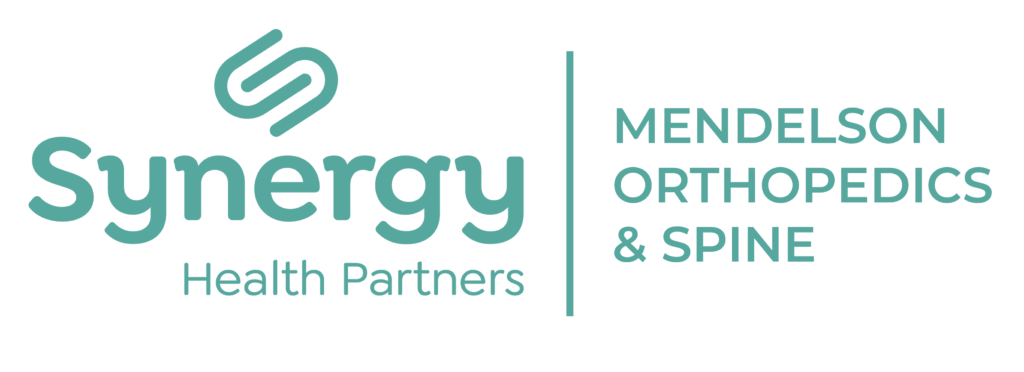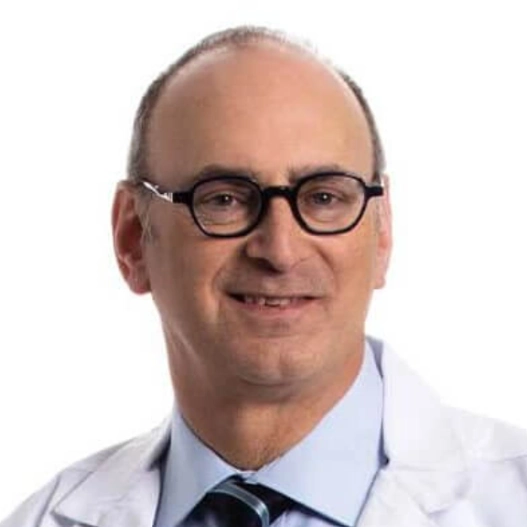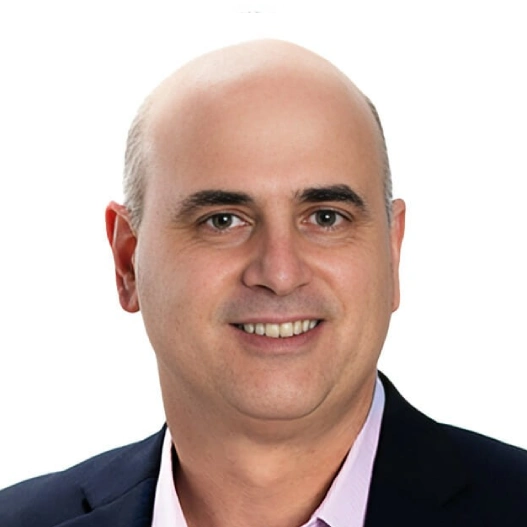Shoulder Arthroscopy: Comprehensive Guide
Shoulder arthroscopy is a minimally invasive surgical procedure used to diagnose and treat shoulder problems. This procedure involves small incisions and the use of an arthroscope—a tiny camera that allows surgeons to view the shoulder joint on a video screen. Shoulder arthroscopy is commonly used to address issues that haven’t responded to nonsurgical treatments such as physical therapy, medications, or injections.
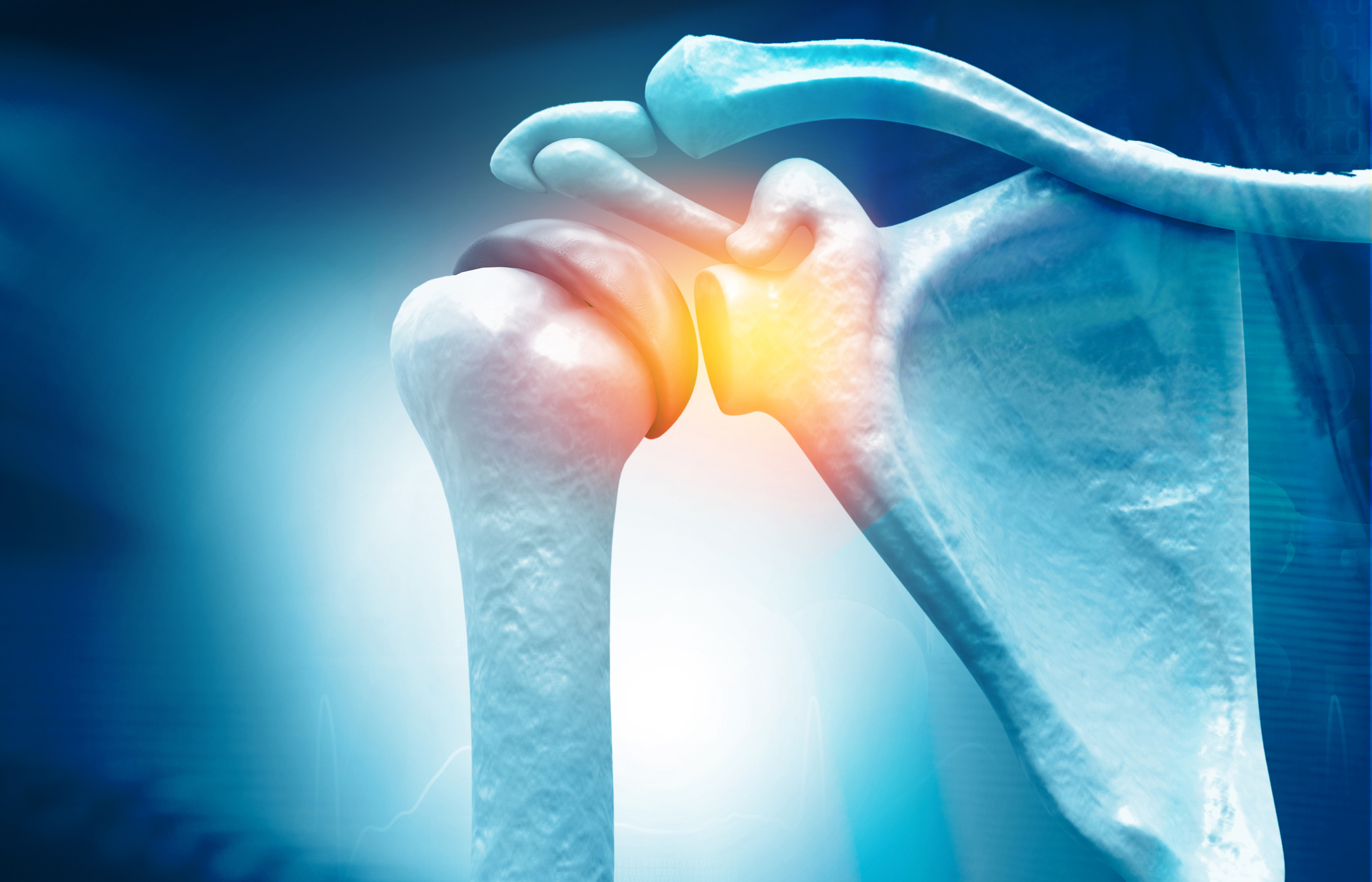
What is Shoulder Arthroscopy?
- Shoulder arthroscopy allows healthcare providers to diagnose and treat shoulder pain and injuries through small incisions. This approach minimizes recovery time and reduces pain compared to traditional open surgery.
Why is Shoulder Arthroscopy Done?
Shoulder arthroscopy is typically performed to:
- Diagnose unexplained shoulder pain
- Repair torn or damaged tissues
- Remove inflamed or damaged tissues
- Treat conditions like rotator cuff tears, shoulder impingement, and labrum tears

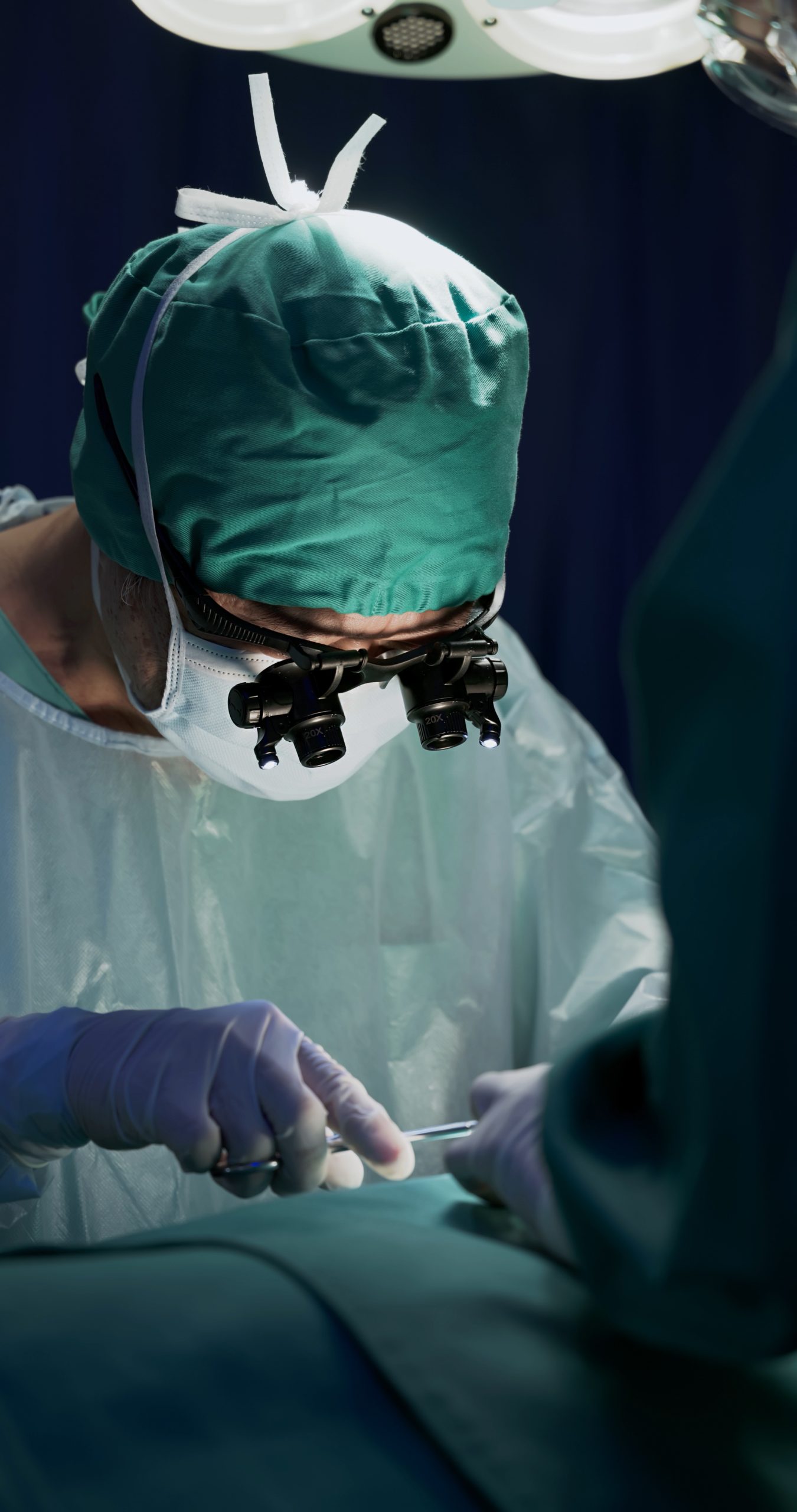
Advantages of Shoulder Arthroscopy
- Minimally Invasive: Requires smaller incisions compared to traditional open surgery, reducing tissue damage.
- Less Pain: Patients typically experience less postoperative pain.
- Reduced Scarring: Smaller incisions result in minimal scarring.
- Faster Recovery: Patients often have a quicker recovery time, allowing a return to normal activities sooner.
- Outpatient Procedure: Most shoulder arthroscopies are done on an outpatient basis, meaning you can go home the same day.
- Lower Risk of Infection: Smaller incisions and shorter hospital stays reduce the risk of infections.
- Improved Diagnostic Accuracy: Provides a clear and detailed view of the inside of the shoulder joint.
- Versatile Treatment Options: Can be used to diagnose and treat various shoulder conditions simultaneously.
Conditions Where Shoulder Arthroscopy Is Needed
Preparing for Shoulder Arthroscopy Surgery
Before Surgery
- Provide your health history and medication list to your provider.
- Follow pre-surgery instructions, including fasting guidelines.
- Undergo any necessary preoperative tests, such as blood tests or X-rays.
During Surgery
- The patient is positioned to allow the best access to the shoulder joint.
- Fluid is injected to inflate the joint for better visibility.
- The arthroscope is inserted through a small incision to project images onto a screen.
- Additional small incisions are made for surgical instruments if repairs are needed.
- Common procedures include rotator cuff repair, labrum repair, and removal of inflamed tissues.
Post Surgery
- The procedure typically lasts less than an hour.
- Patients spend a short recovery period in the hospital before going home the same day.
- Pain management includes medications and nerve blocks.
- Physical therapy is essential for recovery.
Recovery After Shoulder Arthroscopy
Recovery Time
- Full recovery can take weeks to months, depending on the extent of the surgery.
- Pain and swelling are common for the first few weeks.
- Physical therapy is crucial for regaining shoulder strength and mobility.
Common Recovery Experiences
- The timeline for returning to work, school, or sports varies based on the surgery’s complexity.
- Minor procedures may allow a return to normal activities within a few days, while more extensive repairs require a longer recovery period.
When to Call the Doctor
Post-surgery, contact your healthcare provider if you experience:
- Fever
- Unmanageable pain
- Discolored or foul-smelling fluid around the wound
- Increased swelling
- Numbness or tingling
Frequently Asked Questions
Q: What is shoulder arthroscopy?
A: Shoulder arthroscopy is a minimally invasive surgical procedure that allows doctors to diagnose and treat problems inside the shoulder joint using a small camera called an arthroscope.
Q: How long does shoulder arthroscopy surgery take?
A: The surgery usually takes less than an hour, but the exact duration can vary depending on the complexity of the shoulder issue being treated.
Q: What conditions can shoulder arthroscopy treat?
A: Shoulder arthroscopy can treat conditions such as rotator cuff tears, labrum tears, shoulder impingement syndrome, frozen shoulder, biceps tendon injuries, and osteoarthritis.
Q: What is the recovery time after shoulder arthroscopy?
A: Full recovery can take weeks to months, depending on the severity of the shoulder problem and the specific procedure performed. Physical therapy plays a crucial role in recovery.
Q: Is shoulder arthroscopy painful?
A: Patients may experience pain and swelling after the surgery, but pain management options, including medications and nerve blocks, are available to help alleviate discomfort.
Q: What are the risks of shoulder arthroscopy?
A: Risks include infection, blood clots, nerve damage, excessive bleeding, and shoulder stiffness. These complications are generally rare.
Q: When can I return to work or sports after shoulder arthroscopy?
A: The timeline for returning to normal activities varies. Minor procedures may allow a return within a few days, while more extensive surgeries may require several weeks or months.
Q: Will I need physical therapy after shoulder arthroscopy?
A: Yes, physical therapy is often recommended to help restore strength and mobility to the shoulder joint and ensure a successful recovery.
Q: How do I prepare for shoulder arthroscopy?
A: Preparation involves providing your health history, stopping certain medications, following fasting guidelines, and undergoing any necessary preoperative tests like blood tests or X-rays.
Q: Can I drive myself home after shoulder arthroscopy?
A: No, you will need someone to drive you home after the procedure as you may still be under the effects of anesthesia and pain medications.
Q: What should I do if I experience severe pain or complications after surgery?
A: Contact your healthcare provider if you have a fever, unmanageable pain, discolored or foul-smelling fluid around the wound, increased swelling, or numbness and tingling.
Doctors That Offer Shoulder Arthroscopy
Hear What Our Patients Have to Say


Had my right hip replaced by Dr Jeffrey, and couldn't be happier with the job he did and the treatment I received. Been a few years and went in for a yearly checkup and everything is great! Great doctor and office staff!

My two partial knee replacements changed my life. I feel very respected and cared for at this practice. Everyone is very professional and explains things very conscientiously.

He was very nice explained everything and showed pictures of what he wants to do with my right knee felt comfortable with him and he has a great smile.

Dr. Acker is a very good listener and very [accommodating] to my requests. Very understand[ing] and puts my mind at ease for my upcoming knee replacement.

Dr. Kyle Bohm is a miracle worker. He repaired nerves, a ligament and tendon in my fingers after a dog bite. He stitched me up so nicely and made my hand look like a hand again.
